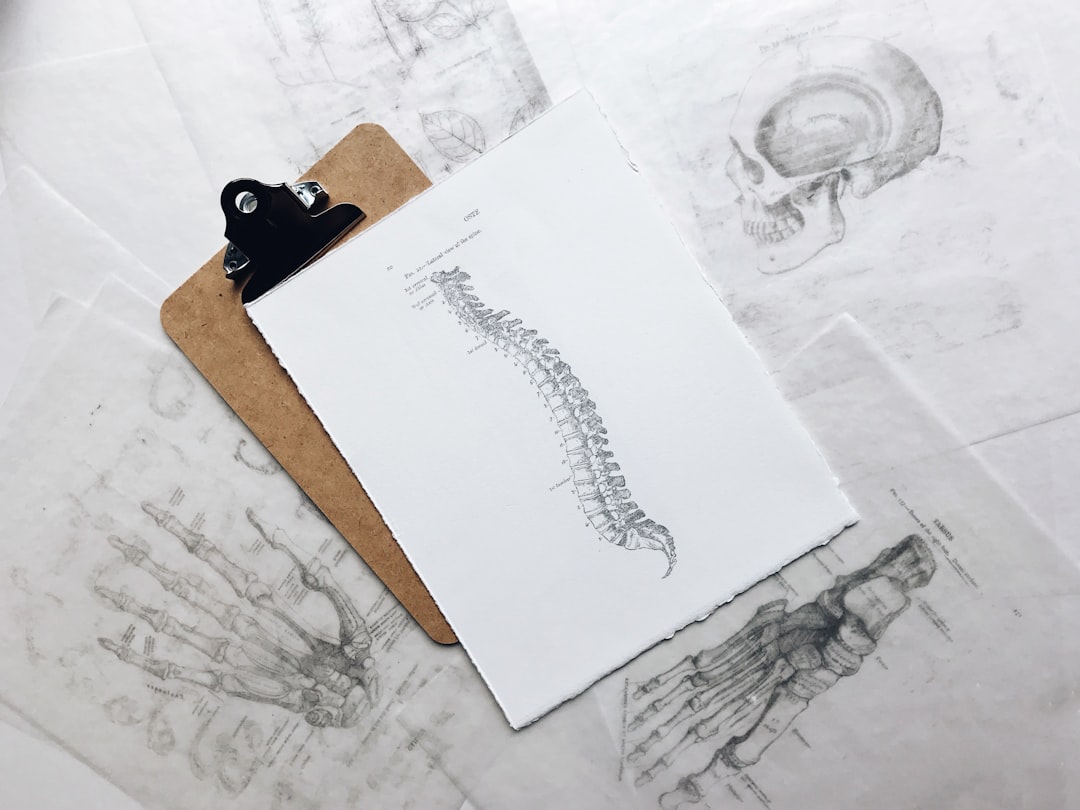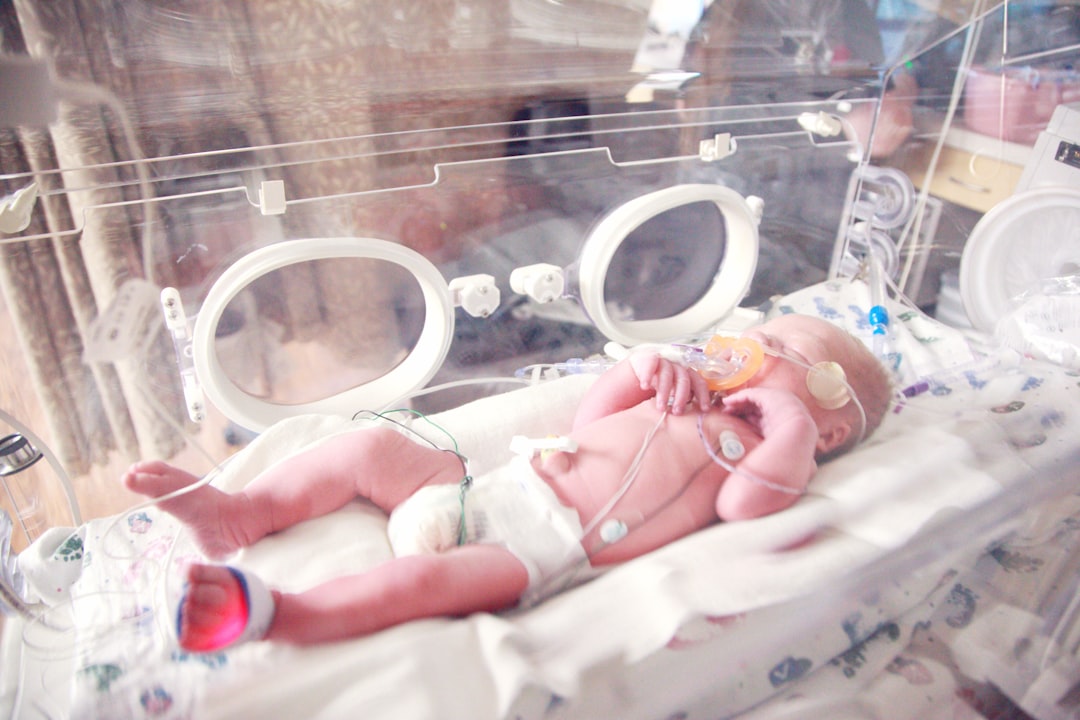What is it about?
This study summarizes the research to date examining the impacts of intimate partner violence (IPV), or intimate partner abuse, practice on human service professionals. Social workers, criminologists, counsellors, domestic violence advocates and others are exposed to stories of violence and suffering in the course of their work. This exposure can impact them. This study collected what has been found about the nature of those potential impacts and explains what types of prevention or responses could be protective for these professionals.
Featured Image

Photo by Matt Hardy on Unsplash
Why is it important?
IPV professionals are in danger at work. Understanding how to prevent them from being wounded and how to heal them if they are wounded is important. The people who are seeking services from these professionals are at risk based on their own situations of IPV, if the professionals serving them are not well themselves vulnerable clients may not receive the optimum level of service. A lack of training and communication in IPV workplaces was also identified- improving these factors can improve both services and professional well-being. The manner in which IPV professionals understood gender was altered for many participants, the possibility of such a profound alteration in self-understanding would be helpful to prepare for through support and personal strategies. Finally, the value and benefits of working in this field emerged from participants' narratives. Acknowledging the meaningfulness of this work is also important.
Perspectives
I hope this article helps to explain for IPV professionals and management the importance of trauma-informed care in this field. I also hope that it helps to transform discourses about professionals who do suffer health consequences as a result of this work, both for the professionals themselves and others in their workplaces.
Dr. Denise Brend
Universite de Sherbrooke
Read the Original
This page is a summary of: Exposure to trauma in intimate partner violence human service work: A scoping review., Traumatology An International Journal, May 2019, American Psychological Association (APA),
DOI: 10.1037/trm0000199.
You can read the full text:
Contributors
The following have contributed to this page










